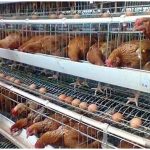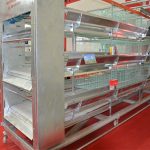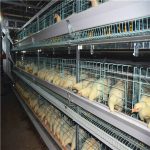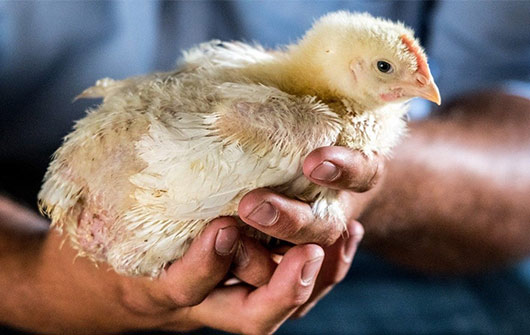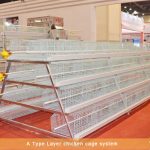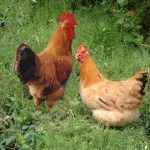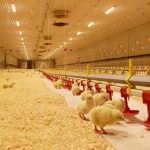In recent years, with the improvement of the research and development level of animal husbandry equipment, the development of automation has been greatly promoted, and with the sharp increase of labor costs, workers urgently need to reduce the reality of labor intensity and a large number of young professionals with knowledge and skills. The addition of this has spurred the enthusiasm of aquaculture companies to invest in automation equipment. The feeding equipment of laying hens has also undergone tremendous changes along with the development of the animal husbandry. The battery mode of laying hens has been widely recognized by the laying hens and the development prospects are promising.
1. Advantages of the battery laying hen cage mode
Thebattery layer cageequipment is the first choice for large-scale, intensive, automated, and standardized laying hens at home and abroad. It has the following advantages: small footprint, high space utilization, easy to achieve intensive and large-scale breeding; chicken manure layering clean, natural air drying makes chicken manure water greatly reduced, chicken manure utilization is high, and environmental pollution is minimal Fully automated control, greatly reducing the number of operators, reducing labor intensity and increasing labor productivity; adopting a fully enclosed feeding mode is conducive to preventing the occurrence of infectious diseases and improving the production performance of the flock.
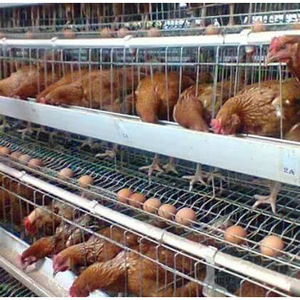
2. The management of chicken flocks in the battery mode
2.1 Chickens into the cage time
Due to the overlapping of multiple layers of cages, it is not convenient to catch chickens. The time of laying cages can be extended appropriately. When individual chickens lay eggs, they should be vaccineed, such as Newcastle disease, infectious bronchitis, bird flu, All vaccines such as egg drop syndrome are exempted.
2.2 Feed replacement
When the flock’s egg production rate reaches 5%, the prenatal feed should be replaced with a peak material. Refueling takes a one-week transition. At this time, the feed should be of good quality and the nutrient composition is stable. Do not replace the finished feed and raw materials at will.
2.3 Observing the chicken flock
After turning on the lights in the morning, pay attention to the abnormal smell in the chicken house, such as strange smell, pungent, pungent, indicating that the house is poorly ventilated or has digestive diseases, such as E. coli disease; whether the color of the stool is normal, such as A large amount of yellow-green feces and yellow-white feces appear. Consider whether the flock has been subjected to greater stress, whether there is a precursor to Newcastle disease, and timely detection of Newcastle disease antibody; whether the feces are dry or not, consider drinking water. If the device fails or the group of chickens has just stopped drinking water or is unable to drink at all; whether there are sick chickens and dead chickens with mental languid, the sick chickens are immediately examined and pathologically examined by a veterinarian. Comprehensive analysis of all the above information, take effective measures to diagnose and control the epidemic in time.


